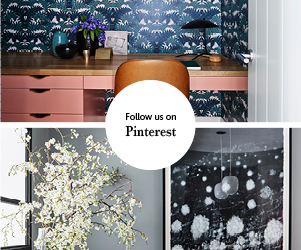Andermatt Penthouse
French designer, Pierre Yovanovitch, redefines the interior language of a traditional Chalet with his recent project in Andermatt, Switzerland. After cutting his teeth designing menswear for Pierre Cardin, Yovanovitch has developed an interiors aesthetic which skilfully blends traditional and contemporary design, creating unique and beautiful interiors in both character and form – Andermatt Penthouse is no exception.

The design of the Swiss Chalet was approached as ‘more haute couture than architecture’ and is filled with bespoke furniture and custom lighting from collaborative projects with artisans from around the world.


It’s not to say the Penthouse lacks the typical solid carpentry or quaint ornamentation of the traditional Chalet but rather that these furnishings are approached with an ‘unpretentious sophistication and tempered luxury’.


On the lower floor of the two storey, 500 square metre penthouse, oversized windows capture the picturesque views of the Urseren Valley and numerous larch timber beams frame the dramatic, 8 metre high ceiling.

Through these ‘public’ spaces Yovanovitch alludes to the chalets architecture; an A-frame shape reflected through quirky wooden alcoves, a typical picket fence as a bespoke, sculptural balustrade and red roof tiles reimagined as a wall finish in the vestibule. The upper level accommodates the master suite and three additional bedrooms for children and guests.


Although timber is used as the predominant finish, softness is achieved by the inclusion of materials such as natural stone, marble, bronze and linen.


Yovanovitch’s furnishing style blends bespoke elements with pieces from multiple eras and cultures such as John Dickinson’s three-legged, 70s, “African table” and Swedish designer Axel Einar Hjorth’s pine wood pieces from his 1930s Sportstugemöbler collection.

The penthouse had been designed with a notable level of imagination, artistry and craftsmanship and “… never feels like a glamorized log cabin due to the sculptural sensibility that characterizes many of the wooden constructions”. A true Architectural masterpiece.
Credits: Yatzer
Photography: Jean-Francois Jaussaud

